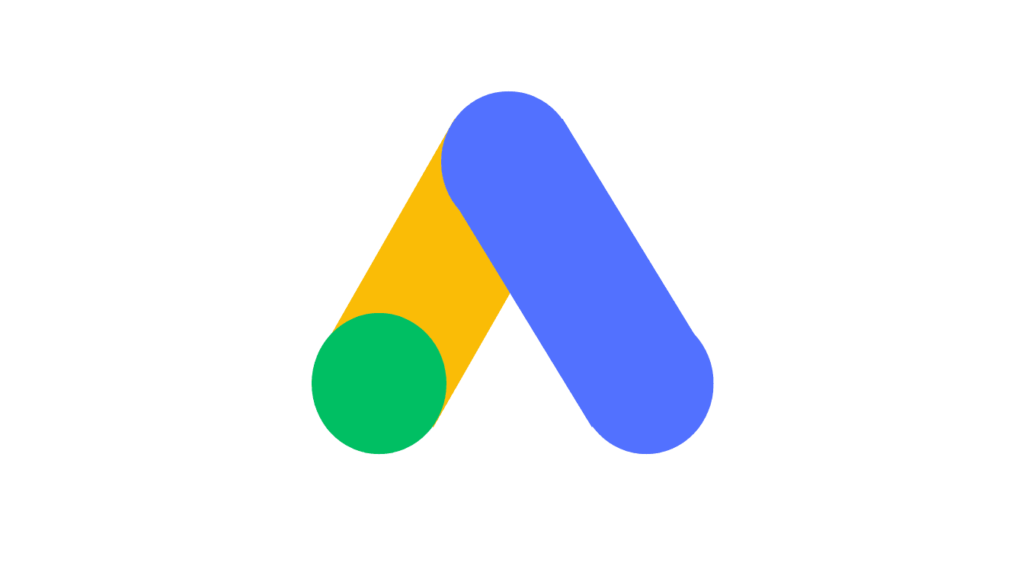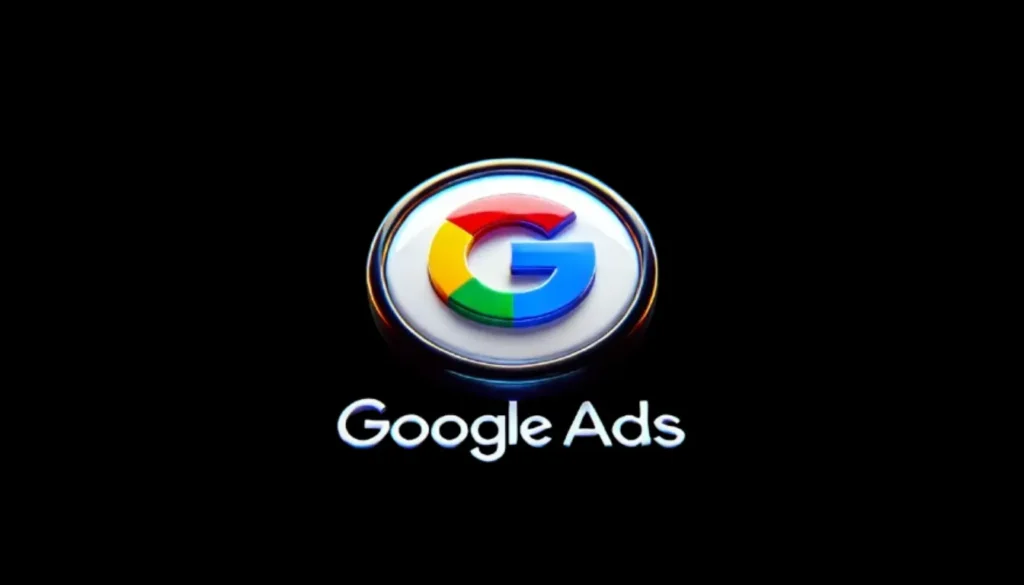Pay-per-click (PPC) advertising has been a cornerstone of digital marketing for over two decades, enabling businesses to target their audience with precision and measure campaign performance in real time. However, as the digital landscape grows increasingly competitive, marketers are turning to artificial intelligence (AI) to optimize their PPC efforts. AI-driven bidding strategies and audience segmentation are reshaping the PPC landscape, offering innovative ways to lower cost per click (CPC) and boost conversions. In this comprehensive, SEO-friendly guide, we’ll explore how AI is transforming PPC, dive into its key applications, and provide actionable insights on leveraging AI to enhance your advertising campaigns.
This detailed article is designed to be informative, engaging, and optimized for search engines. We’ll cover everything from the basics of AI in PPC to advanced strategies, real-world examples, challenges, and future trends. Whether you’re a seasoned marketer or new to PPC, this guide will equip you with the knowledge to harness AI for better ad performance.
Table of Contents
Introduction
PPC advertising allows businesses to place ads on platforms like Google, Bing, and social media, paying only when users click. It’s a powerful tool for driving traffic, generating leads, and increasing sales. But with rising competition and evolving consumer behavior, traditional PPC methods are being pushed to their limits. Enter AI—a technology that’s revolutionizing how campaigns are managed and optimized.
AI in PPC leverages machine learning, predictive analytics, and real-time data processing to automate tasks, improve targeting, and maximize return on investment (ROI). Two standout applications—AI-driven bidding strategies and audience segmentation—are at the forefront of this transformation. These tools help marketers reduce CPC by optimizing bids and increase conversions through precise targeting and personalization.
In this article, we’ll explore how AI is reshaping PPC, focusing on:
- AI-Driven Bidding Strategies: Automating bid management to lower costs and improve efficiency.
- Audience Segmentation: Using AI to target the right people with the right message.
- Lowering CPC and Increasing Conversions: Practical ways AI achieves these goals.
- Future Trends and Best Practices: How to stay ahead in the AI-powered PPC landscape.
By the end, you’ll understand how to integrate AI into your PPC campaigns for lower costs, higher conversions, and a competitive edge.
Understanding AI in PPC
Before diving into specifics, let’s define what AI means in the context of PPC. Artificial intelligence refers to systems that mimic human intelligence, performing tasks like learning, reasoning, and decision-making. In PPC, AI primarily relies on machine learning—a subset of AI where algorithms analyze data, identify patterns, and make predictions.
What Is AI in PPC?
AI in PPC involves using advanced algorithms to enhance various aspects of advertising campaigns. This includes:
- Bid Management: Automatically adjusting bids based on performance goals.
- Keyword Optimization: Identifying high-performing keywords and refining selections.
- Audience Targeting: Segmenting users for more relevant ad delivery.
- Ad Personalization: Tailoring ad content to individual preferences.
Popular platforms like Google Ads and Microsoft Advertising have integrated AI features such as Smart Bidding and audience insights, making these tools accessible to marketers of all sizes.
How AI Transforms Traditional PPC
Traditional PPC relied heavily on manual processes—marketers set bids, chose keywords, and segmented audiences based on intuition and historical data. While effective, this approach struggled to keep pace with the volume and speed of modern digital advertising.
AI changes the game by:
- Processing Big Data: Analyzing millions of data points in real time, far beyond human capability.
- Automating Tasks: Freeing marketers from repetitive work to focus on strategy and creativity.
- Optimizing Continuously: Adjusting campaigns instantly based on performance and market changes.
For example, where a marketer might manually adjust bids weekly, AI can tweak them per auction, ensuring optimal performance at all times. This shift from reactive to proactive optimization is why AI is the future of PPC.
AI-Driven Bidding Strategies
Bidding is the backbone of PPC—determining how much you pay for each click and where your ad appears. AI-driven bidding strategies, often called automated bidding, use machine learning to optimize bids based on specific goals, such as clicks, conversions, or revenue.
What Are AI-Driven Bidding Strategies?
Automated bidding relies on AI to analyze signals like:
- User demographics
- Device type
- Location
- Time of day
- Search intent
The AI then adjusts bids in real time to maximize the desired outcome within your budget. This eliminates guesswork and ensures every dollar is spent efficiently.
Types of AI Bidding Strategies
Major PPC platforms offer several AI bidding options. Here are the most common:
- Target CPA (Cost Per Acquisition)
- Goal: Achieve conversions at a set cost.
- How It Works: AI adjusts bids to hit your target cost per conversion.
- Best For: Lead generation campaigns with a fixed budget.
- Target ROAS (Return on Ad Spend)
- Goal: Maximize revenue based on ad spend.
- How It Works: AI prioritizes bids for conversions with higher value.
- Best For: E-commerce businesses focused on profitability.
- Maximize Conversions
- Goal: Get the most conversions possible.
- How It Works: AI allocates budget to maximize conversion volume.
- Best For: Campaigns prioritizing quantity over cost.
- Maximize Conversion Value
- Goal: Maximize total conversion value (e.g., sales revenue).
- How It Works: AI focuses on high-value conversions.
- Best For: Businesses with varied product prices.
- Enhanced CPC (ECPC)
- Goal: Optimize manual bids with AI assistance.
- How It Works: AI adjusts bids up or down based on conversion likelihood.
- Best For: Marketers wanting control with AI support.
Benefits of AI Bidding Strategies
- Time Efficiency: Automates bid adjustments, saving hours of manual work.
- Precision: Analyzes more data points than humans can, reducing errors.
- Scalability: Manages large campaigns with thousands of keywords effortlessly.
- Real-Time Adjustments: Adapts to market changes instantly.
For instance, a retailer using Target ROAS might see AI lower bids on low-value keywords while increasing them for high-profit products, optimizing ROI without constant oversight.
Example in Action
A SaaS company switched to Target CPA bidding on Google Ads. Within a month, their CPC dropped by 15%, and conversions rose by 20%, thanks to AI’s ability to target high-intent users at lower costs.
Audience Segmentation with AI
Audience segmentation divides your target market into smaller groups based on shared traits, allowing for tailored ad experiences. AI takes this to new heights by using advanced analytics to create precise, dynamic segments.
How AI Enhances Audience Segmentation
Traditional segmentation relied on basic data like age or location. AI goes deeper, analyzing:
- Website behavior (e.g., pages visited, time spent)
- Purchase history
- Social media interactions
- Search queries
Machine learning algorithms identify patterns and predict future actions, creating segments that evolve with new data.
Techniques in AI Audience Segmentation
- Clustering Algorithms
- Groups users with similar behaviors (e.g., frequent buyers vs. one-time visitors).
- Example: K-means clustering to identify “deal seekers.”
- Predictive Analytics
- Forecasts user actions, like purchase likelihood.
- Example: Targeting users likely to buy within 48 hours.
- Natural Language Processing (NLP)
- Analyzes text data (e.g., reviews, comments) for sentiment and intent.
- Example: Identifying positive vs. negative brand sentiment.
- Collaborative Filtering
- Finds users with similar preferences for personalized recommendations.
- Example: Suggesting products based on peer behavior.
Advantages of AI Segmentation
- Precision: Targets niche groups with tailored ads.
- Relevance: Increases ad engagement and click-through rates (CTR).
- Efficiency: Focuses budget on high-value segments.
For example, an online store might use AI to segment “cart abandoners” and retarget them with discount offers, boosting conversions by 25%.
Lowering CPC with AI
Reducing CPC is a top priority in PPC, and AI excels at optimizing bids and ad performance to achieve this.
How AI Lowers CPC
- Real-Time Bid Adjustments
- AI bids higher for high-intent users and lower for less promising ones, optimizing cost per auction.
- Keyword Optimization
- Identifies cost-effective keywords and reduces spend on low performers.
- Ad Quality Enhancement
- Improves ad relevance, boosting Quality Scores and lowering CPC on platforms like Google Ads.
- Competitive Analysis
- Adjusts bids based on competitor activity, avoiding overpriced auctions.
- Timing Optimization
- Targets low-cost, high-opportunity windows (e.g., off-peak hours).
Real-World Impact
A fashion retailer used AI to analyze keyword performance and device trends. By shifting budget to mobile users during evening hours, they cut CPC by 18% while maintaining traffic levels.
Increasing Conversions with AI
Beyond cost savings, AI drives conversions by delivering personalized, timely ads to the right audience.
How AI Boosts Conversions
- Personalized Ads
- Creates dynamic content (e.g., product recommendations) based on user data.
- Predictive Targeting
- Prioritizes users most likely to convert.
- Optimal Timing
- Displays ads when users are ready to act.
- Landing Page Optimization
- Suggests improvements to increase conversion rates.
- Retargeting
- Re-engages past visitors with tailored offers.
Case Study
A travel agency used AI to segment users by intent (e.g., “planning a trip”) and deliver personalized ads. This resulted in a 35% conversion increase, proving AI’s power in driving action.
Challenges and Considerations
AI isn’t flawless. Key challenges include:
- Data Dependency: Needs quality data to perform well.
- Transparency: “Black box” algorithms can obscure decision-making.
- Over-Automation: Risks losing human creativity.
- Privacy: Must comply with regulations like GDPR.
Solutions: Ensure data accuracy, maintain oversight, and stay compliant.
Future Trends in AI and PPC
The future holds exciting possibilities:
- Voice Search: Optimizing for conversational queries.
- Visual Search: Matching ads to image-based searches.
- Hyper-Personalization: One-to-one targeting at scale.
- Cross-Channel Integration: Unified campaign management.
By 2025, AI is expected to dominate PPC, making it essential to adapt now.
Best Practices for Implementing AI in PPC
- Set Clear Goals: Define CPC or conversion targets.
- Choose Tools: Use platforms like Google Ads or third-party AI solutions.
- Monitor Data: Ensure accuracy and completeness.
- Test and Scale: Start small, then expand.
- Stay Updated: Follow AI and PPC trends.
Conclusion
AI is the future of PPC, offering tools to lower CPC and increase conversions through smarter bidding and segmentation. By embracing AI, marketers can optimize campaigns, save time, and stay competitive. Start integrating AI today to unlock its full potential and drive success in your PPC efforts.

